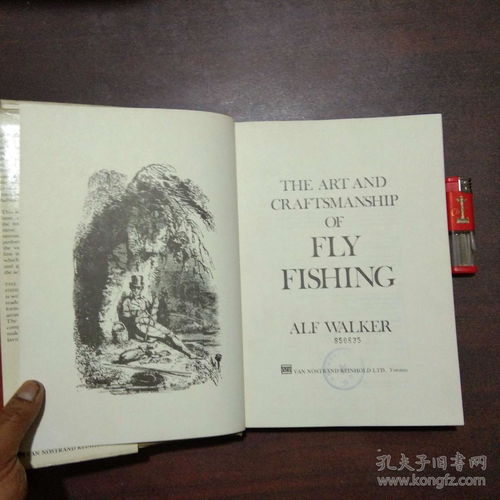Introduction:
Oyster shell fishing, a unique and fascinating method of angling, has been practiced for centuries. It involves using the shells of oysters as bait to attract fish. This technique is particularly popular among anglers who seek a challenge and a more sustainable way of fishing. In this article, we will delve into the art of oyster shell fishing, exploring the necessary equipment, techniques, and tips to help you master this intriguing method.
Understanding Oyster Shell Fishing:
Oyster shell fishing is based on the principle that fish are naturally attracted to the scent and taste of oysters. By using oyster shells as bait, anglers can entice a variety of fish species to bite. This method is particularly effective in freshwater environments, such as rivers, lakes, and ponds, where oysters are not naturally found.
Gathering Oyster Shells:
The first step in oyster shell fishing is to gather your bait. Oyster shells can be found in seafood markets, fish stores, or even in coastal areas where oysters are harvested. It's important to choose clean, fresh shells that have not been broken or cracked, as these may not be as effective as whole shells.
Preparing the Oyster Shells:
Before using the oyster shells as bait, it's essential to prepare them properly. Here are some steps to follow:
- Cleaning: Rinse the shells thoroughly to remove any debris or contaminants.
- Soaking: Soak the shells in saltwater for a few hours to rehydrate them and enhance their scent.
- Drying: Allow the shells to dry completely before using them as bait.
Choosing the Right Equipment:
To effectively practice oyster shell fishing, you'll need the following equipment:
- Hook: A strong, sharp hook is essential, as you'll be fishing in environments with potentially strong currents.
- Line: Use a monofilament line that can withstand the weight of the fish you're targeting.
- Leader: A leader of heavier gauge line is recommended to protect your main line from snags and to handle larger fish.
- Sinkers: Use sinkers to keep your bait on the bottom, where the fish are most likely to be found.
- Bobbers: Some anglers prefer to use bobbers to help detect bites and control the depth of their bait.
Setting Up Your Rig:

Once you have your equipment ready, follow these steps to set up your oyster shell rig:
- Attach the sinker to the end of your main line.
- Tie a swivel or a strong knot to the sinker to prevent it from sliding down the line.
- Connect your leader to the swivel or knot, ensuring it's strong enough to handle the fish you're targeting.
- Attach the hook to the end of the leader, leaving enough space for the oyster shell to fit comfortably.
The Art of Oyster Shell Fishing Techniques:
Now that your rig is set up, here are some key techniques to help you catch fish using oyster shells:
- Drop the Bait: Let the bait sink to the bottom, where most fish are found.
- Maintain Patience: Oyster shell fishing can be a waiting game. Stay patient and be prepared to wait for the fish to bite.
- Adjust Your Rig: If you're not getting bites, try adjusting the depth of your bait or the position of the oyster shell.
- Be Attentive: Pay close attention to your line for any signs of movement or resistance, which could indicate a fish bite.
Tips for Success:
Here are some additional tips to help you succeed in oyster shell fishing:
- Research the Fish: Understand the habits and preferences of the fish species you're targeting.
- Seasonal Considerations: Fish may be more active during certain times of the year, so consider the season when planning your fishing trips.
- Conservation: Always practice sustainable fishing methods and respect local regulations regarding oyster shell fishing.
Conclusion:
Oyster shell fishing is a unique and rewarding way to enjoy the sport of fishing. By understanding the basics, gathering the right equipment, and mastering the techniques, you'll be well on your way to success. So, gear up, hit the water, and embrace the art of oyster shell fishing for an unforgettable angling experience.












